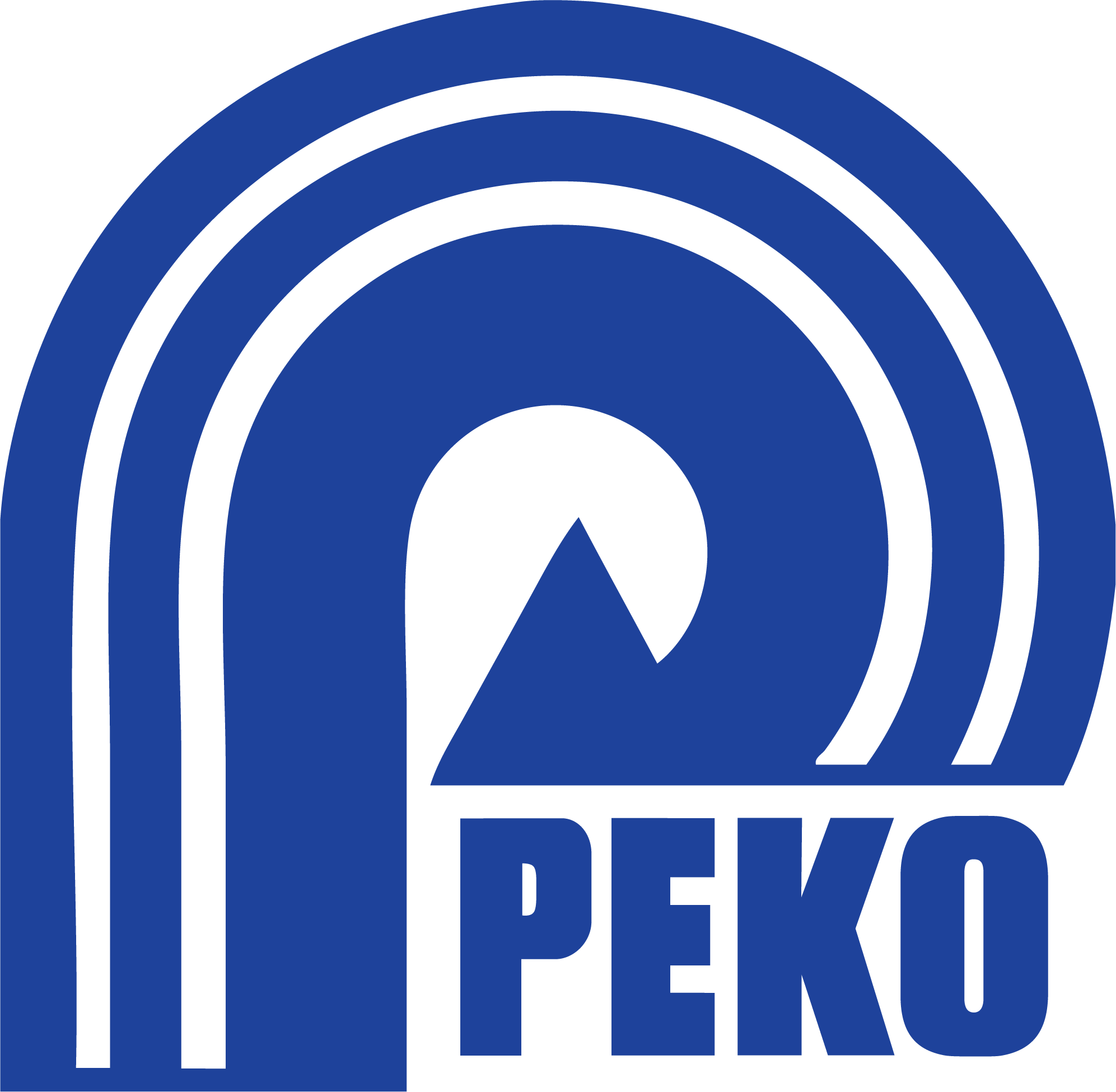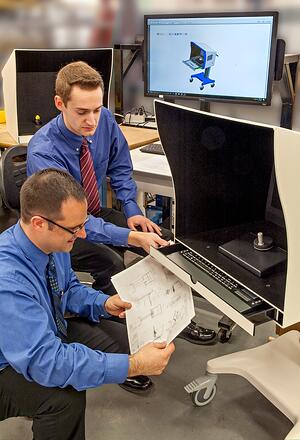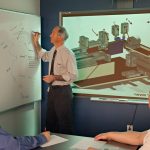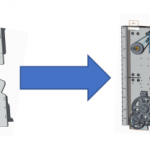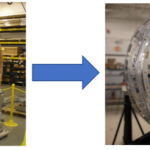Value Engineering & Value Analysis
PEKO has extensive knowledge in design analysis and manufacturing and a broad skillset across many value engineering techniques and best practices. Whenever we engage in new product introduction and early phase design and development projects, we analyze the drawings and prints from a fresh perspective, all in an effort to improve design for manufacturing (DFM) and design for assembly (DFA), also called design for manufacturing and assembly or DFMA for short.
With an “all hands on deck” approach, we involve other PEKO personnel who are directly involved in the program to offer their insight and additional feedback. This team may include assembly technicians, toolmakers, quality engineers, and other mechanical engineers who are familiar with the program’s design or equipment. Additionally, members from the product’s company must be involved in this process to collaborate alongside PEKO and assess the feasibility of the recommendations and conceptual updates. Within our organization, we categorize all of these efforts under the value engineering umbrella.
PEKO’s Value Engineering Process
Each time we perform value engineering and value analysis at PEKO, we use 3 key principles to analyze each component’s existence, while also keeping cost, quality, and delivery top of mind. Each component must justify its design to ensure it accomplishes the functional requirement necessary for performance, without succumbing to tendencies of over designing.
The 3 key principles are as follows:
- Eliminate: Many parts that end up in the design are redundant and useless. PEKO’s value engineering team will keep a keen eye out for parts that aren’t necessary to the function of your new product and will make suggestions on ways to eliminate these non-critical parts.
- Combine: During the early phases of development, engineers are just trying to get the product to function correctly, and many different parts, like adapters, plates, bushings, and brackets, end up finding their way into the new product design. When our value engineering team receives your prints, we will revise its design from a manufacturing and production perspective in order to incorporate new or different parts and processes that are less demanding.
- Optimize: While some parts of a design can be eliminated or combined, some can’t be and must instead be evaluated for simplification and optimization. Our value engineers will consider if your design can be optimized by incorporating modular sub-assemblies, joining parts, and simplifying final assembly with part orientation in mind.
After reviewing these three principles, we are able to come back to the new product development team with actionable suggestions, like tolerance selection or material availability, to make the part (and your lives) easier.
Related Resources
- A Comprehensive Guide to Manufacturing Readiness Levels for Machinery Product Engineers
- Three Courses to Learn Design for Manufacturing and Assembly (DFMA) Techniques
- Why DFM & DFMA Are So Important in the Product Development Process
- Design for Manufacturability (DFM) – 4 simple tweaks you can make to your design in a day
- DFM and DFA in the New Product Introduction Process
